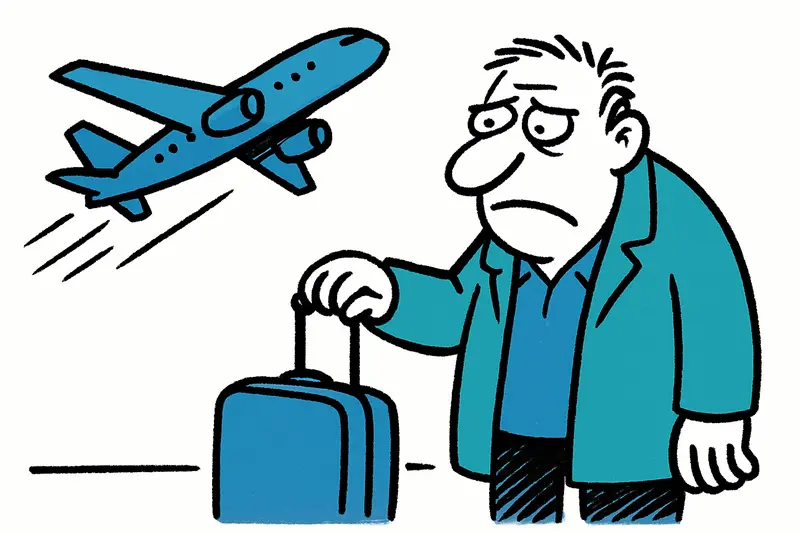The upcoming winter season brings fewer flights and seats to Mallorca, Ibiza and Menorca. For residents and the local economy, this has consequences.
Fewer flights, noticeable consequences
I was briefly at Palma Airport yesterday morning — 7 a.m., espresso in hand, and yet the terminal felt quieter than usual. The figures confirm the feeling: For the winter season, airlines have noticeably reduced their offerings toward the Balearics. Compared with last year, between November and March around 10.3 percent fewer flights are offered, and the number of seats decreases by about 8.3 percent.
What exactly is changing?
Concrete figures: This time around planned are about 62,652 flight movements and almost 9.2 million seats. By comparison: a year ago there were almost 70,000 flights and a little over ten million seats. Palma de Mallorca airport is hit hardest with about -13 percent flight movements and -9 percent of seats. Ibiza and Menorca report smaller declines, but the offer also shrinks there (Ibiza: -2.3% flights / -4.3% seats; Menorca: -4.7% flights / -10.3% seats).
In absolute numbers, for the islands the plan is: about 6.9 million seats for Mallorca, 1.7 million for Ibiza and around 755,000 for Menorca. Interestingly: despite these cuts, between January and August already around 11.8 million international passengers — that’s three percent more than in the previous year. Somewhere the feeling of restraint and the actual demand do not quite add up.
Resident discount causes additional friction
Parallel to the reduced flight plan, another dispute is simmering: the so-called Resident Discount. Passengers living on the islands receive up to 75 percent discount on domestic flights. Airlines complain because the state has approved the money for subsidies, but the amount is deemed insufficient. Parliament has allocated 319 million euros — however, the aviation industry expects costs that could significantly exceed this sum; talks of over a billion.
That has consequences beyond the payout: if airlines must bear the burden alone, it affects route decisions. Fewer flights in the off-season mean less flexibility for commuters, fewer business flights and possible losses for hotels and restaurants that rely on guests outside the summer months.
The mood on the island is divided. A taxi driver recently quipped dryly: "We will just get to know the winter guests better." It kind of makes sense—but whether that will be enough to safeguard businesses and jobs is another question.
Conclusion: The cuts are real and hit Palma the hardest. How politics and airlines finance the Resident Discount will determine whether the islands see more offerings again or whether the off-season remains quieter in the future.
Similar News

Mallorca's service providers brace for a lean winter as businesses plan earlier closures
After a weaker summer, many restaurants, bars and shops on Mallorca expect lower off-season revenues. Higher levies and ...

Playa de Palma's Party Strip: Tourists Celebrate – Many Locals Struggle for Money
El Arenal is full of sun umbrellas and sangria, yet the district ranks among Palma's poorest areas. A look behind Playa ...

Palma's Metro to Son Espases Hospital Extended
Balearic Islands president Marga Prohens has announced that the Palma metro line will be extended to Son Espases Hospita...

Imserso sale starts: Senior trips to the Balearic Islands now bookable
From 9:00 AM retirees can book the Imserso trips to the Balearic Islands. Few places, new discounts — and pets allowed f...

When One Job Isn't Enough: Why Many in Mallorca Need Two or More Jobs
On Mallorca, many people take on multiple jobs to cope with rising rents and living costs. A look at reasons and consequ...
